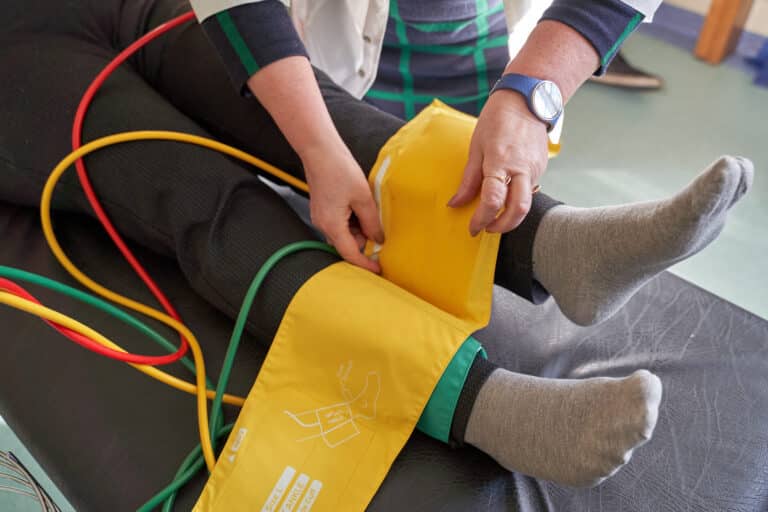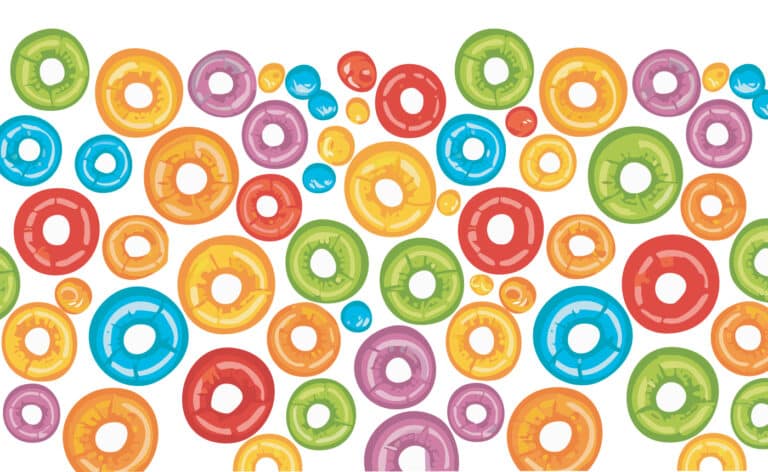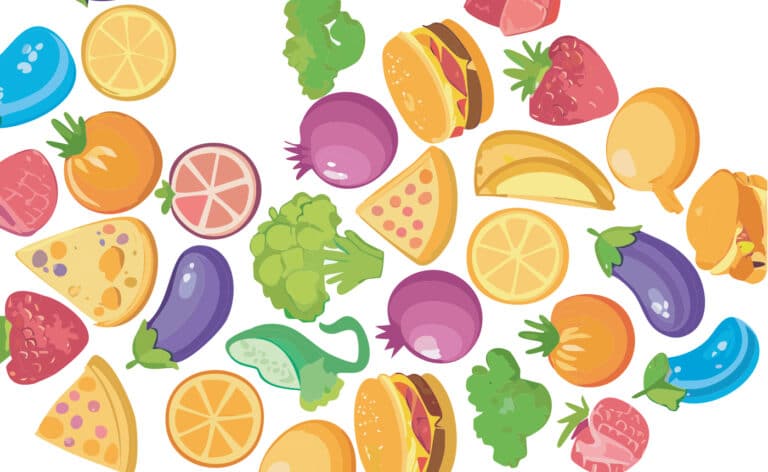8 tips from dietitians to help make mealtimes easier, happier, and healthier
Fact checked by Jim Lacy
Feeding a child today can feel surprisingly complex. Between rising food costs, allergies (1 in 13 U.S. children has a food allergy), and time constraints, families are juggling a lot.
Megan McNamee, a registered dietitian and co-founder of Feeding Littles, is one of the most influential voices in modern parenting nutrition. With nearly 2 million Instagram followers, McNamee champions a mantra that resonates: “I want my kids to learn to eat, move their body, and take care of themselves by how it makes them feel, not by how it makes them look,” she writes in one post.
She’s not alone. Many parents today are hungry for practical nutrition advice — and overwhelmed by the flood of food products and expert opinions out there.
Not only that, but guidance for feeding children has evolved significantly. Here, three local dietitians share the latest thinking.
1. De-stress the meal. Avoid pressuring kids with statements like, “You need to finish this,” or “Take three more bites,” says Madison Smith, a metabolic dietitian at Ann & Robert H. Lurie Children’s Hospital of Chicago. And don’t label a child as a picky eater.
“It’s a huge deal for a little kid,” Smith says. “These instructions, although usually coming from a good place, can cause a disconnect between the child and their natural hunger and fullness cues.” Instead, aim to remove stress from mealtimes. With consistent exposure, kids will naturally start eating more.
2. Reduce mealtime screen time. Screens distract children from tuning in to their hunger and fullness cues, Smith says. Instead of watching TV, try listening to an audiobook, a kid-friendly podcast, or music during meals.
3. Spark conversation. Make eating a social event. Talk about more than what’s on the plate, says Lisa Sharda, a pediatric dietitian and clinical inpatient manager at Lurie Children’s. Try a game like High, Low, Buffalo, where each family member shares their high and low points of the day. Or have everyone ask a question about someone else’s day.
4. Create a routine. Kids thrive on consistency and structure. For Smith, this means offering three meals and two snacks a day, which also prevents all-day grazing. “Try not to let children be the ones to make the choice of when and what they eat, because this will often lead to grazing. They will have a harder time engaging and finishing food at mealtimes,” she says.
5. Include dessert. Older generations might insist that you can’t have dessert unless you finish your dinner. But that approach can backfire, says Ginger Hagen, a registered dietitian at Easterseals DuPage & Fox Valley in Villa Park.
Hagen’s advice: Don’t withhold dessert as a punishment. “Food should not be used to modify behavior. Think of dessert as just another type of food.”
6. Try food chaining. Help expand a child’s palate by linking foods they already like to new ones with small, gradual changes. For example, if your child only eats McDonald’s chicken tenders, add one from a different restaurant — or one made at home — to the plate.
“It’s about micro changes in the foods so you can morph kids into accepting other things,” Sharda says.
For more on this, check out the book Food Chaining by Sibyl Cox, Mark Fishbein, and Cheri Fraker.
7. Play with your food. Yes, really. Encourage sensory exploration by setting aside time to look, touch, and smell food without the expectation to eat it. Slice up peppers or apples with a child-safe knife. Drive toy cars over the slices. Let your child give the food a silly “dog kiss.”
Ask how it looks and smells, and encourage them to squeeze, squish, lick, or even bite and spit it out. “The goal is to interact with the foods,” Sharda says. “It’s just to experience it.”
8. Cook together. Ask your child to rinse vegetables or help chop with a kid-safe knife. Focus on participation over perfection — early kitchen involvement builds confidence.
“I see so many kids who have never made a meal in their life, and they’re about to go off to college,” Smith says. “It is important to include children in the kitchen as much as possible so they are more prepared when they get older and have the confidence to make their own meals.”
Getting kids involved early helps them see cooking as part of family life, not just something adults do while the kids watch TV.
And even if stress creeps in, keep offering a full plate — and friendly conversation — with every meal.
Above photo: Courtesy of Easterseals DuPage & Fox Valley
Originally published in the Fall 2025/Winter 2026 print issue.

Dawn Reiss is a food-allergy mom and journalist. She loves swimming and traveling, learning new food hacks and getting off the beaten path.











